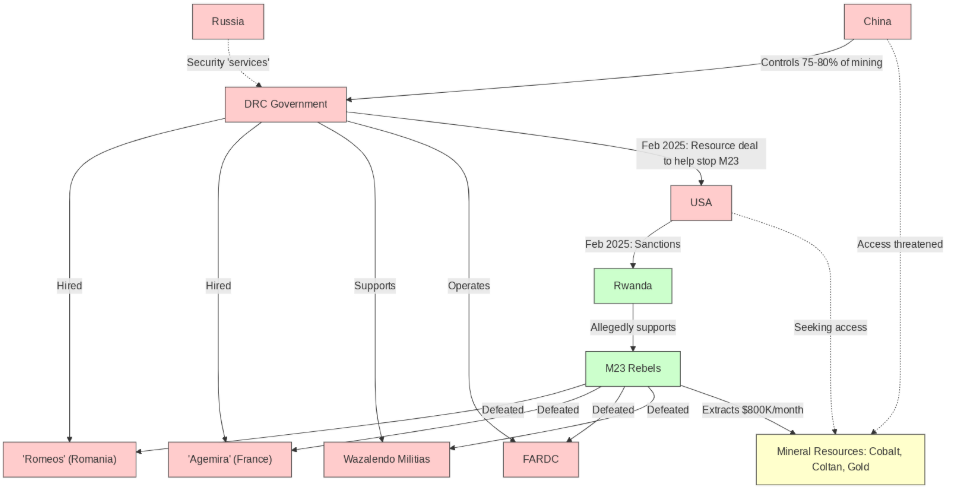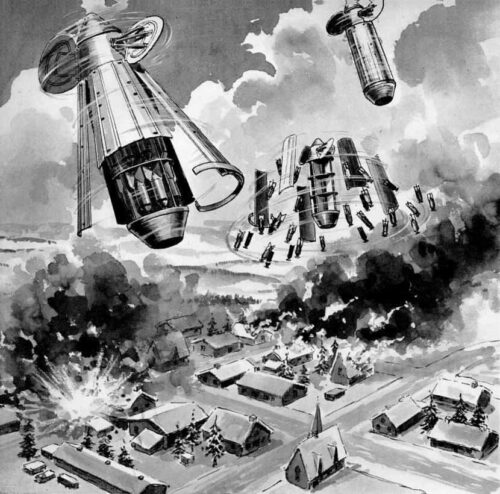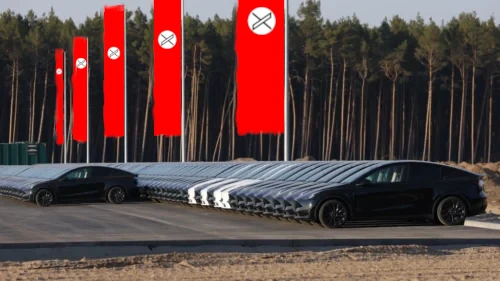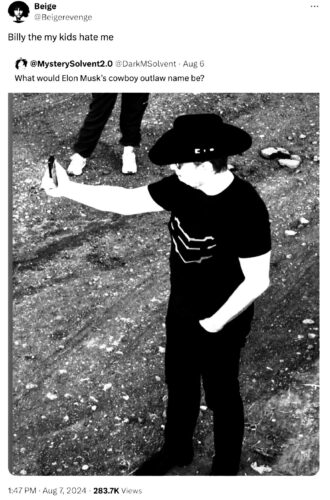The rapid and humiliating defeat of poorly trained and disorganized Romanian mercenaries in eastern Democratic Republic of Congo (DRC) last January offers more than just another chapter in Congo’s troubled history. It provides a critical lens through which to understand a troubling reality: systems corrupted by external forces often cannot be reformed solely from within—a lesson Americans must urgently confront.
The Cold War Template: Foreign Capture of National Resources
Mobutu Sese Seko’s ascent to power represents the quintessential foreign-directed coup designed to secure resource extraction, a playbook America once deployed abroad but now faces at home:
Phase One: Villify Democratic Leadership
Just months after Congo gained independence from Belgium in June 1960, Patrice Lumumba became the country’s first democratically elected Prime Minister. His nationalist agenda and willingness to work with the Soviet Union to counter continued Belgian control over mineral-rich provinces triggered immediate Western intervention.
By September 1960, the CIA, in coordination with Belgian intelligence, backed Colonel Joseph Mobutu to stage his first coup, suspending parliament and neutralizing Lumumba. Declassified documents later revealed that the CIA had authorized Lumumba’s assassination, which occurred in January 1961 with Belgian complicity after he was transferred to the mineral-rich Katanga province.
The message was clear: nationalist leaders who threatened Western access to strategic minerals would not be tolerated. “They” even assassinated the UN Secretary General (1961) and the President of the United States (1963).
Phase Two: Install and Maintain Corrupt Puppet
After five years of political maneuvering and continued Western support, Mobutu surged in power again to stage a second, more decisive coup in November 1965. He was set to replace democratic leadership that had dared to suggest rights and regulations, things that threatened foreign power extraction of national resources.
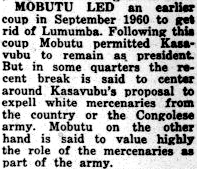
Explicitly backed by foreign powers (US, Belgium, and France) Mobutu rapidly established what would become a 32-year dictatorship characterized by:
- Complete consolidation of power
- Elimination of opposition
- Direct foreign backing for explicit purposes of resource extraction
- Suspension of democratic institutions while maintaining their facade
What followed was decades of authoritarian rule that hollowed out democratic institutions while maintaining their outward appearance—a pattern now disturbingly visible in America’s democratic erosion.
Critical Lesson: Internal Reform Fails Under External Capture
For decades, Congolese citizens suffered under Mobutu’s kleptocratic regime with no internal path to democratic restoration. Despite extensive suffering, corruption, and human rights abuses, the Mobutu regime’s external backing made internal reform impossible. What should have happened—Mobutu hauled out for his illegal coup and Congo returned to democratic governance—was prevented by Cold War geopolitics.
Only external intervention—Rwanda-backed forces (led by Laurent-Désiré Kabila) in the First Congo War (1996-1997)—finally ended Mobutu’s reign. This was a dictator responsible for thousands of extrajudicial killings, torture, and disappearances of political opponents, while embezzling an estimated $4-15 billion from his impoverished country. Despite these horrific crimes, witness accounts reveal his shocking disconnection from reality:
When Mobutu came through Pointe Noire, and although I had known Mobutu for a long time, it was still remarkable to see him at the airport in Pointe Noire and all the Congo… was out there just really cheering and obviously respecting this guy as someone who was a big man, and respected as a big man for all of his warts and faults. …He was not prepared to accept that after, whatever it was, 25 years, somehow the Zairian people wouldn’t stand up and defend him. He truly believed, and with some reason, that he had been a wonderful President for Zaire. He didn’t recognize that there was a very good argument that could be made he’d been a terrible President for Zaire.
This brutal dictator’s eventual fall through external intervention rather than internal resistance demonstrates a crucial truth: once powerful foreign interests have sufficiently undermined a nation’s power structures, internal democratic mechanisms alone rarely succeed in restoring sovereignty—especially when facing a regime willing to use extreme violence against its own citizens.
Modern Parallel: Rwanda-Backed M23 vs. Russian/Chinese Proxies
On January 28, 2025, the ’23 Mars’ (M23) rebels , backed by Rwanda, captured mineral-rich Goma, defeating so-called “Romeo” contractors funded by Russian oligarchs and Chinese investors through the DRC government. And to put the significance of the strategic rout in perspective, the M23 has less than 5,000 rebels rapidly defeating over 100,000 Congolese soldiers and their 10,000 foreign mercenaries. Seemingly entrenched systems can quickly collapse when so thoroughly corrupted, it just takes determined external intervention. Essentially the same thing we’ve been seeing in Ukraine with the colossal failure of Russia.

What makes the M23 wins particularly revealing is how they’re undoing the tactics seen elsewhere in the world. Congo’s disorganized deployment of poorly trained European personnel given an AK47 and flak vest but nothing else — “supermarket guards” according to The Guardian’s investigation — resembles the approach used by Russian PMCs in Mali and the Central African Republic for example. The idea was to deploy low-skilled militants desperate for rapid enrichment (yet low chances of survival) as a foreign intervention “force” to maintain remote strategic resource access while avoiding direct accountability.
Congolese leaders have a history of employing white mercenaries. They led infamous campaigns against rebels in the turbulent years after independence from Belgium in 1960. Former Congolese dictator Mobutu Sese Seko also hired ex-Yugoslav mercenaries as his regime collapsed in the 1990s. In late 2022, with the M23 surrounding Goma, the DRC government hired two private-military firms. One, named Agemira, was made up of about 40 former French security personnel who provided intelligence and logistical support to the Congolese army.

The Historical Inversion: America Now Faces What It Once Inflicted
The disturbing parallel emerging today is that America itself is experiencing the same playbook it once deployed against nations like Congo:
- Democratic Erosion: Not through outright abolishment of institutions but through their hollowing out and redirection—maintaining the facade of democratic governance while relocating actual power.
- Resource Capture: Just as Congo’s minerals were extracted for foreign benefit, America’s wealth and resources are increasingly concentrated in fewer hands, a dozen extreme right wing oligarchs.
- Puppet Leadership: The rise of leaders who serve external interests while masquerading as nationalists mirrors the Mobutu model.
This seems to be the immediate plan for America now under South African-born President Musk (raised on the lessons from Mobutu) and his assistant Trump. Already we see democratic erosion that operates not through outright abolishment of institutions but through their hollowing out and redirection. This maintains the facade of democratic governance while relocating actual power. The formal appearance of democratic institutions masks a reality where actual power has been redirected outside traditional channels of accountability, similar to how foreign powers historically achieved resource extraction in places like the DRC while maintaining the facade of sovereignty.
The Uncomfortable 2025 Question: Who Will Be America’s Rwanda?
History tells us clearly that systems cannot be reformed solely from within when control is sufficiently consolidated by external pressures. The collapse of Goma’s defenses and the flight of mercenaries to UN compounds demonstrate how quickly seemingly entrenched corrupt systems can fall when confronted by determined external intervention.
For Congolese citizens, Rwanda’s intervention—while complex and certainly not without its own problems—finally disrupted decades of foreign-backed corruption. In the American context, the question becomes increasingly urgent: Who will be the Rwanda in this picture, and how soon can they come to rescue Americans from a corrupt tyranny?
Those who would like me to expect that domestic guardrails and organizations can work their way out of a “DOGE” coup in America likely haven’t seen what I have studied up close and in person for so many decades: the how and why of countries around the world that required external military intervention to drive out authoritarian oligarchs and foreign oppressors, rather than achieving liberation solely through internal resistance.
